From Wine & Spirits Magazine 2002
“THE FINGER LAKES,” Hermann Wiemer says, “are going like gangbusters.” Surprisingly, Wiemer sounds as though he has mixed feelings about this situation – though that could be chalked up to his slightly dour manner, or to the dual personality of the region itself

Wiemer founded his winery in 1972. "I must have been crazy," he says. "And everyone tried to talk me out of riesling, specifically. 'Don't do it,' they said. 'It's a huge mistake.'"
Winewise, New York’s Finger Lakes are at a crossroads. There’s money to be made here producing bizarre – and as far as this writer is concerned, undrinkable -“raspberry chardonnay” and “peach blush” wines for busloads of antique-hunting tourists. But for winemakers with a more classical bent, the Finger Lakes offer what is probably the best riesling terroir in the U.S.
Wiemer founded his winery in 1972. “I must have been crazy,” he says. “And everyone tried to talk me out of riesling, specifically. ‘Don’t do it,’ they said. ‘It’s a huge mistake.'” But Wiemer wanted to concentrate on vinifera grapes, just as the first supposedly mis taken wine maker in the region, Dr. Konstantin Frank, had done; like Frank, Wiemer wanted to make top-notch riesling in the land of catawba, niagara and concord. And while the busloads of tourists are still here, Wiemer’s no longer alone as a proponent of serious winemaking in the region.
You can’t really blame anyone for wanting to tour the Finger Lakes, especially not this time of year, when the leaves are chang ing, the hills are lit with scarlet, orange and yellow, and the grapes are lingering heavy on the vines. In the beauty pageant among the world’s wine regions – consider the hill towns of Tuscany, or the steep banks of the Mosel – this part of New York is right in the running. The lakes, Canandaigua, Keuka, Seneca, Cayuga and
Owasco, were carved into the shale bedrock eons ago by retreating glaciers. They’re deep (Seneca drops 600 feet at its deepest point) and forested hillsides run steeply down to the water, broken here and there by tumbling streams and waterfalls, and box canyons.
The climate here is rough, as locals will attest – though if you visit in late September you’d be hard put to find a more idyllic range of temperatures. The problems hit with the winter, which is long, cold and hard; if you want to make fine wine here, you’d better choose winter-hardy varieties like riesling and cabernet franc. (About the latter, Fox Run owner Scott Osborne observes, “Cab franc? You can grow that stuff in an iceberg.”) And you’d also better get ready for a roller coaster when it comes to vintage variation. Heron Hill winemaker Dana Keeler says cheerfully, “2001? Best vintage I’ve ever worked here.’ Then his expression changes:
“And 2000? Argh – the vin tage from hell.” This fluctuation would be even worse were it not for the moderating effect of the lakes themselves; the bodies of water are large enough to act as heat sinks, retaining warmth long into the colder months, and then staying quite cold into mid-July; thus, winters by the shore are more humid and warmer than inland, while the summer heat is moder ated by the breezes rolling in off the water. Combine these weath er patterns with the thin soils, glacial till lying over a bed of shale – think Mosel slate – and the results for cold-climate white grapes can be electric.
 The best way to taste the character of riesling grown in this region is to spend a weekend visiting its most ambitious wineries. Plan on a day for Seneca, and perhaps a half-day each at Keuka and Cayuga. Inns and B&Bs dot the lakeshores – one charming option is the Silver Strand, on Cayuga Lake – and as wine quality has risen, so too has the quality of local restaurants (check out The Wildflower Cap in Watkins Glen, or the cafe at Red Newt Cellars; nearby Ithaca also offers a range of dining possibilities, like Just a Taste, with its innumerable by-the-glass selections). And while you travel and taste, note how the differing climate and soil characters surrounding each lake bring out separate aspects of riesling’s per sonality. Fred Frank, president of Dr. Konstantin Frank’s Vinifera Cellars, says, “Keuka tends toward a sort of mineral component; in Seneca and Cayuga you get a more pronounced fruit component.”
The best way to taste the character of riesling grown in this region is to spend a weekend visiting its most ambitious wineries. Plan on a day for Seneca, and perhaps a half-day each at Keuka and Cayuga. Inns and B&Bs dot the lakeshores – one charming option is the Silver Strand, on Cayuga Lake – and as wine quality has risen, so too has the quality of local restaurants (check out The Wildflower Cap in Watkins Glen, or the cafe at Red Newt Cellars; nearby Ithaca also offers a range of dining possibilities, like Just a Taste, with its innumerable by-the-glass selections). And while you travel and taste, note how the differing climate and soil characters surrounding each lake bring out separate aspects of riesling’s per sonality. Fred Frank, president of Dr. Konstantin Frank’s Vinifera Cellars, says, “Keuka tends toward a sort of mineral component; in Seneca and Cayuga you get a more pronounced fruit component.”
The soils Frank works are rocky, steep and dry. Low yields coupled with dropping up to half the fruit partway through the growing season helps lead toward the minerally, com plex rieslings Frank is known for – wines that can age gracefully for years; as can Hermann Wiemer’s slightly lusher wines, from the warmer shores of Seneca.
Not that riesling is the only attraction here. Ambition is always restless, and the Finger Lakes’ best winemakers are continu ally testing the region’s talent for other vari eties. Check out the spicy, potent cabernet francs at Shalestone or Fox Run, or Standing Stone and Lamoreaux Landing’s crisp, com pelling gewürztraminers. It’s like Hermann Wiemer says: “I’m absolutely convinced ries ling is the best grape for the Finger Lakes. But try this pinot noir … “

